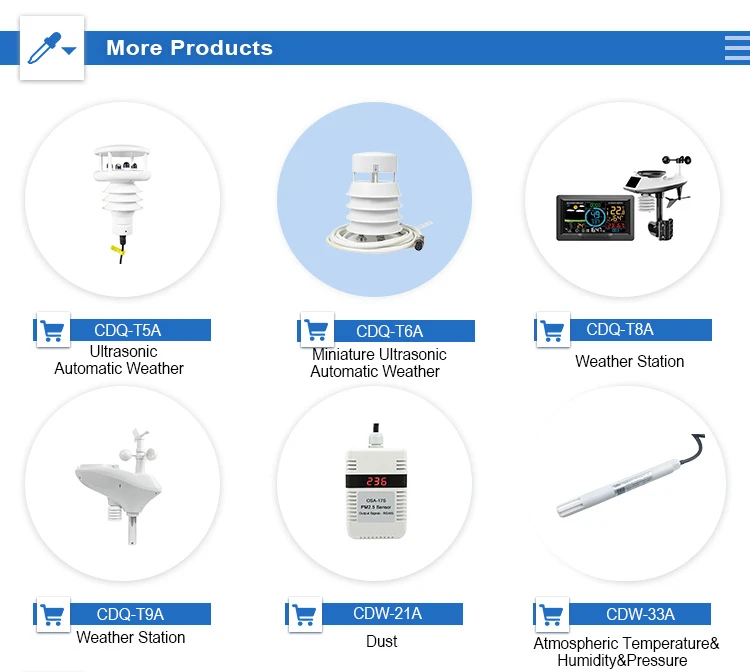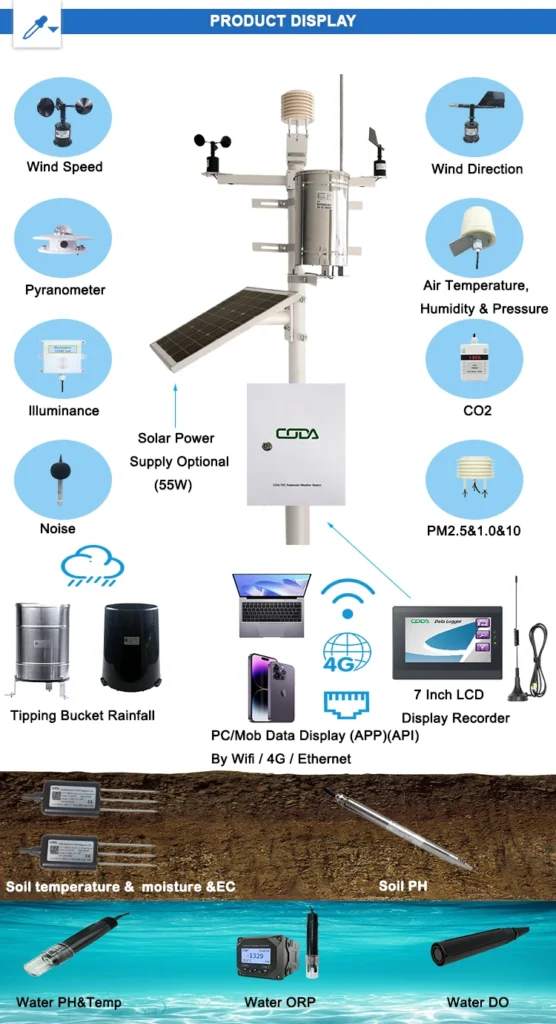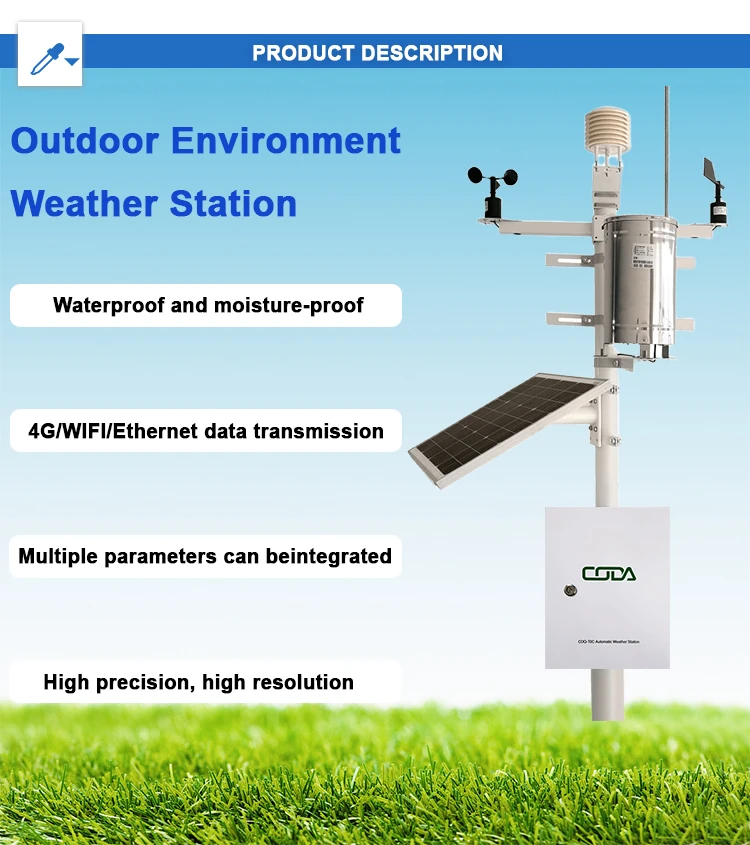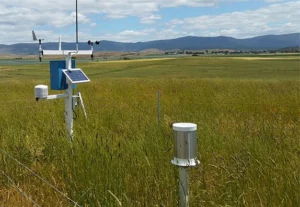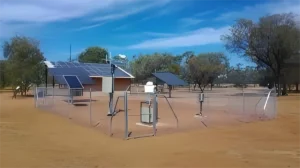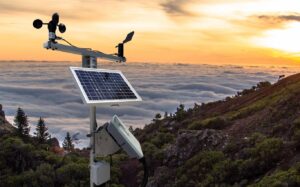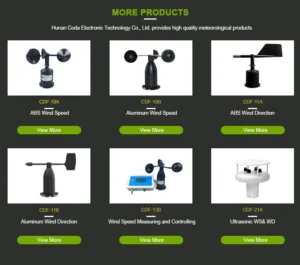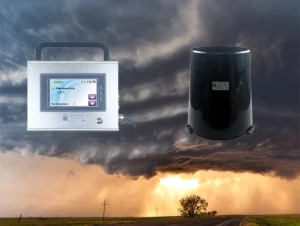how to connect ambient weather station to wifi
In today’s digital world, checking the weather is easier than ever. This is thanks to advanced weather stations like Acurite models. Connecting your Acurite weather station to wifi lets you access real-time weather data from anywhere. You can set up custom alerts and connect the data with other smart home systems. This article will help you connect ambient weather station to wifi. It also includes tips for fixing common problems.
Step 1: Prepare Your Equipment and Network
Before starting the connection process, ensure that you have all the necessary equipment ready. This includes your Acurite weather station, its display unit console, and a power source for both devices. Additionally, make sure your home WiFi network is up and running, and you know the network name (SSID) and password.
It’s important to keep your Acurite weather station within the range of your WiFi router. This ensures a stable connection. If your router’s signal is weak where you want to place the weather station, try using a WiFi extender or moving the router.
Step 2: Power On Your Acurite Weather Station and Display Console
First, power on your Acurite weather station’s outdoor sensors. These sensors are typically battery compartment – operated, so install fresh batteries according to the manufacturer’s instructions. For the display console, plug it into a power outlet using the provided power adapter.
Step 3: Access the Console’s Settings Menu
Once the display console has fully initialized, look for the menu button on the console. The menu button’s locati0n can change based on your weather station model. However, it is usually easy to find.
Press the menu button to enter the settings menu. Use the arrow station id and station key or other buttons on the console.
Scroll through the menu options. Look for “WiFi” or “Network” settings. Select this option to proceed with the WiFi connection setup.
Step 4: Scan for Available WiFi Networks
In the WiFi settings menu, select the option to scan for available networks. The console will then search for nearby WiFi networks and display a list of them on the screen. Locate your home WiFi network’s name (SSID) in the list. If your network has a hidden SSID, you may need to enter the SSID manually. You will also need to provide other details instead of selecting them from a list.
Step 5: Enter Your WiFi Network Password
After selecting your WiFi network from the list, you will be prompted to enter the network password. Use the console’s keypad or navigation buttons to carefully input the password.
Make sure to enter the password correctly, as passwords are case – sensitive. If you make a mistake, there should be an option to delete or correct the characters. Once you have entered the password, select the “Connect” or “Save” option to attempt to connect the weather station to your WiFi network.
Step 6: Wait for the Connection to be Established
The weather station will now attempt to connect ambient weather station to wifi network. This process may take a few moments. During this time, the console may display a connecting message or a progress indicator. Once the connection is successful, the console will show a confirmation message. You may also see extra information, like the IP address for the weather station. If the connection fails, don’t worry; there are several troubleshooting steps you can take.
